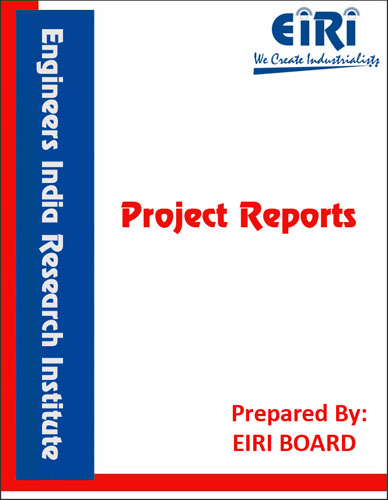The project report includes Present Market Position and Expected Future Demand, Market Size, Statistics, Trends, SWOT Analysis and Forecasts. Report provides a comprehensive analysis from industry covering detailed reporting and evaluates the position of the industry by providing insights to the SWOT analysis of the industry.
The foundation of the modern Indian pharmaceutical Industry was laid at the start of the current century when in 1901, a small factory known as the Bengal Chemical & Pharmaceutical works was established in Kolkata. Though the two world Wars gave a Phillip to the development of industry, the progress made under British rule was not significant except the British introduced into this country the allopathic system of medicine. The country depended largely for its requirements on U.K., France and Germany.
The development of Indian Drugs and pharmaceuticals Industry was not commonsurate with the size of this country and the growing needs of people, when Indian embarked on its planned economic expansion industry has been substantial and many sides with the result that it has becomes one of the leading industries. India is now producing a larger quantity of varied pharmaceuticals products. In 1948, the sale of pharmaceuticals products. In 1948, the sale of pharmaceutical products amounted to just Rs. 100 million. By 1954 the figure had rised to Rs. 540 million and by 1960 to Rs. 700 million. The figure stood at between Rs. 1500 million in 1965 and Rs. 4000 millions in 1975, Rs. 12000 millions in 1980 and above Rs. 18,500 millions presently.
The restrictions, however, continued on import of non essential patent and proprietory medicen for which suitable substitutes manufactured indigenously were available.
Prior to the launching of the second plan the manufacture of pharmaceuticals was limited largely to the processing of bulk imported drugs into tablets, capsules and other formulations. Indian firms under agreement with foreign firms are making injectables, powders ointments and liquids, and were also filling antibiotics. Certain units were producing biological extracts, vacines, and syrup. Alkalods, like quinins stry-chinea, caffeine, and morphine were also being extracted. It was however obvious that the country could not forever be dependent on foreign manufacturers for both finished drugs and basis raw materials. With the changing political climate, pharmaceutical manufacturers in India were encouraged to take up the manufacture of basis drugs wherever it was economically possible and technically feasible.
A system of collaboration was instituted, under which Indian manufacturers in association with established firms in U.S.A., Italy, U.K. began to produce a fairly comprehensive range of basic items. While the allocation of foreign exchange for the import of raw materials and basic intermediates for the production of drugs, has been more or less static the value of products manufactured has increased progressively several fold clearly indicating the growing stature, of industry and its capacity to switching over to basic raw materials and components of indigenous origin, and now the country is stated to achieve self, sufficiency in synthetic drugs of the sulpha group, anti T.B. drugs, Vitamins, and intermediates.
It has, however, been found that the present installed capacity is insufficient to meet the over growing demand of the massive population and the scope for new units to come up is substantial.
INTRODUCTION
MARKET SURVEY
DETAILED EXPORT DATA OF PHARMA PRODUCT PHARMACEUTICAL
MANUFACTURER OF PHARMACEUTICAL PRODUCTS
FORMULATIONS OF TABLETS
INJECTIONS FORMULATIONS
MANUFACTURING PROCESS OF INJECTIONS
FORMULATIONS OF SYRUPS
MANUFACTURING PROCESS (TABLETS)
FLOW DIAGRAM OF TABLET MAKING PLANT
MANUFACTURE OF LIQUIDS (SYRUP)
FLOW DIAGRAM OF MIXING PLANT
CAPSULE FILLING SEALING
FLOW DIAGRAM OF CAPSULE MAKING PLANT
MANUFACTURE OF LOTION
FLOW DIAGRAM OF LOTION MAKING PLANT
OINTMENT AND PASTE MAKING
FLOW DIAGRAM FOR PASTE & OINTMENT MAKING
SUPPLIERS OF PHARMACEUTICAL PLANTS MACHINERY
SUPPLIERS OF RAW MATERIALS
APPENDIX – A :
1. COST OF PLANT ECONOMICS
2. LAND & BUILDING
3. PLANT AND MACHINERY
4. FIXED CAPITAL INVESTMENT
5. RAW MATERIAL
6. SALARY AND WAGES
7. UTILITIES AND OVERHEADS
8. TOTAL WORKING CAPITAL
9. COST OF PRODUCTION
10. PROFITABILITY ANALYSIS
11. BREAK EVEN POINT
12. RESOURCES OF FINANCE
13. INTEREST CHART
14. DEPRECIATION CHART
15. CASH FLOW STATEMENT
16. PROJECTED BALANCE SHEET



